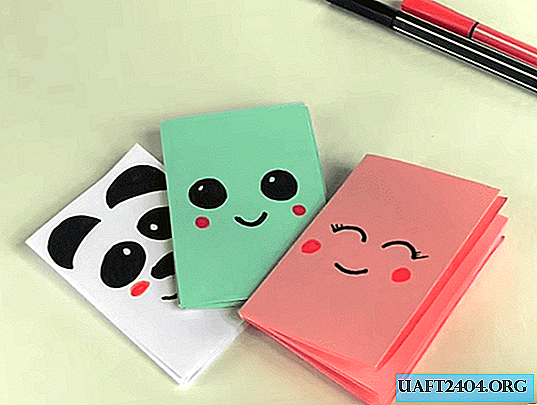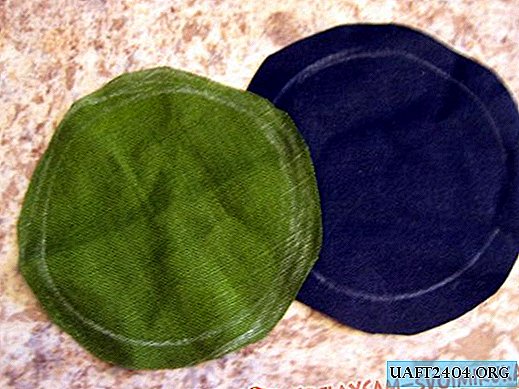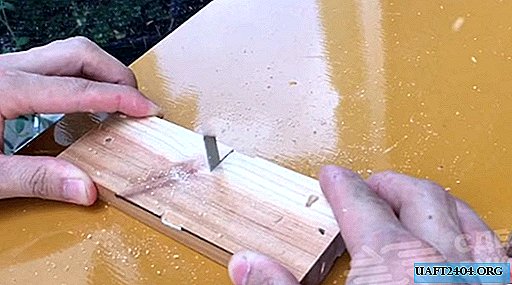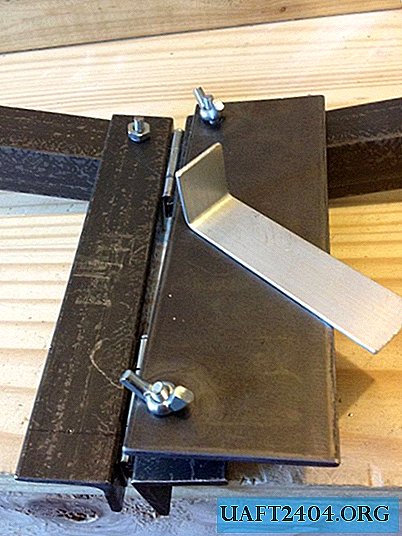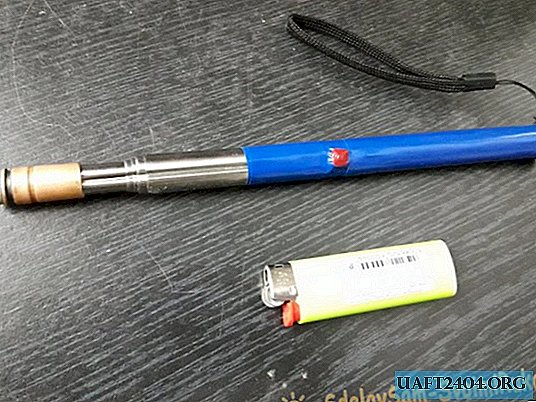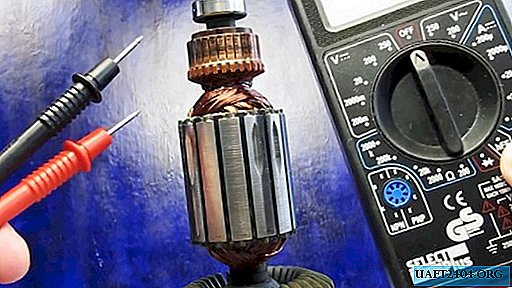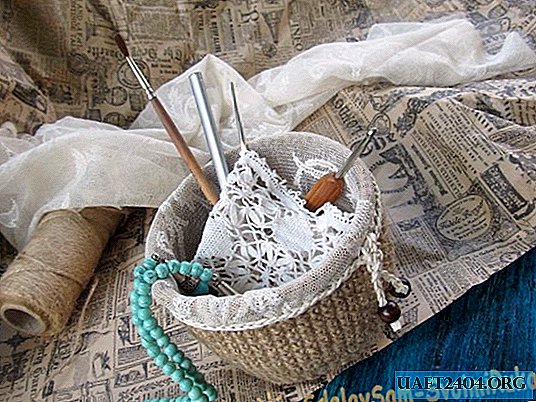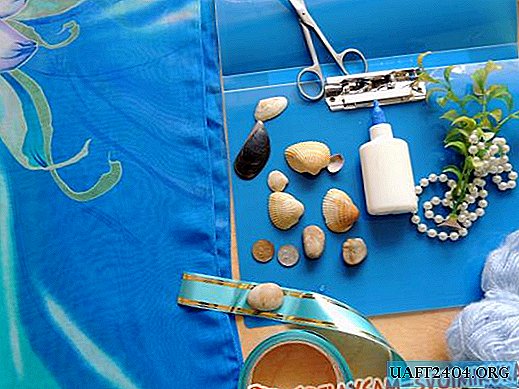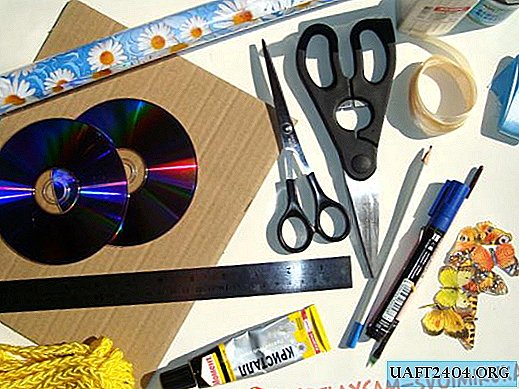Share
Pin
Tweet
Send
Share
Send
1) At the initial stage, it is necessary to determine the method of work and prepare the whole working tool: tile cutter, comb, level, construction hammer, bucket, construction mixer, trowel, grinder, pencil or marker.
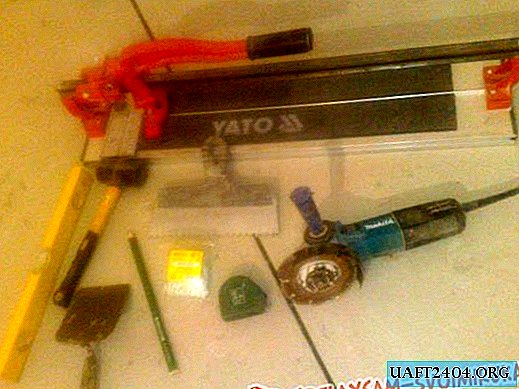
2) The first option. Film floors are uniformly tightened with heat-resistant adhesive or self-leveling mixture (provided that it can withstand heating temperatures up to 50-60 degrees) with a thickness of 8-10 mm. Only after complete drying can you start further work on laying ceramic tiles. But there is one drawback, in the case of an initially uneven base there will be a very large consumption of material. Therefore, when choosing this method, before installing the film floor, it is necessary to level the screed as much as possible.


3) The second option. A heat-resistant tile adhesive (diluted to a thick creamy mass) is applied to the heating film with a comb of 7-8 mm, which is covered on top with the thinnest sheets of moisture-proof drywall, it usually goes green. It is important that there is no air gap, otherwise subsequently the drywall sheet can move away from the base. In this case, you must not forget as much as possible, work with the level. After complete drying, depending on the temperature in the room, on average 1-3 days, the entire surface of drywall is treated with concrete contact. This will prevent the tiles from moving away from the base. And only after that the work with tiles begins. There are no further features.










4) The third option. The tile is laid immediately on the film floors, but the maximum thickness of the tile adhesive is applied. Tile glue with a thick layer using a comb of at least 10-12 mm is applied to an infrared film previously prepared according to all standards (substrate, film floors, waterproofing film, sickle net). Then, with the same comb, glue is applied to the ceramic tile, which is applied to the base and tapped with a construction hammer in order to remove air and all excess glue. Be sure everything is adjusted to the level. After finishing work, walking on the finished surface is not possible for at least 3-5 days, depending on the temperature.








Regardless of the choice of method of work, it is worth remembering a number of important points:
- heat-resistant glue, ideally based on epoxy, is necessarily used. The glue should withstand temperatures of about 50-60 degrees;
- It is better to abandon porcelain stoneware, preferring a classic ceramic tile, which is the best heat conductor;
- it is worth working carefully at the initial stage, so as not to interrupt the connecting wires, otherwise the system will fail;
- the tile is placed strictly under the comb, as much as possible, excluding the formation of any interlayers of air;
- Underfloor heating is switched on only after the tile adhesive has completely dried after at least 28 days or more, depending on the room temperature and layer thickness.




Share
Pin
Tweet
Send
Share
Send

